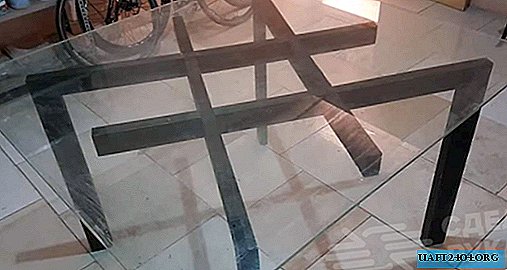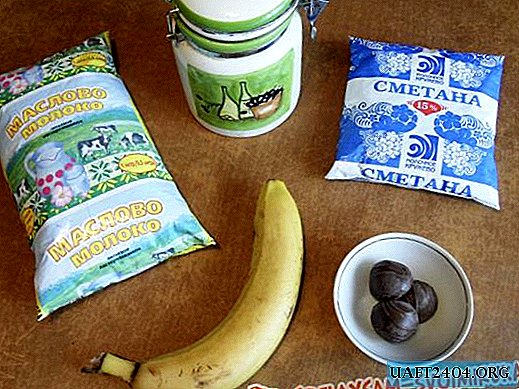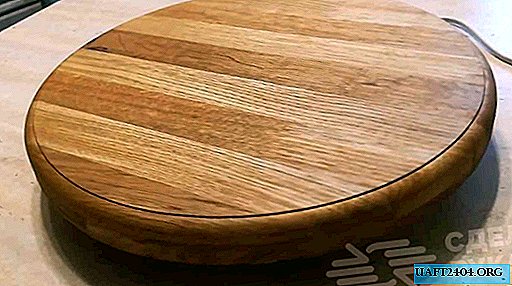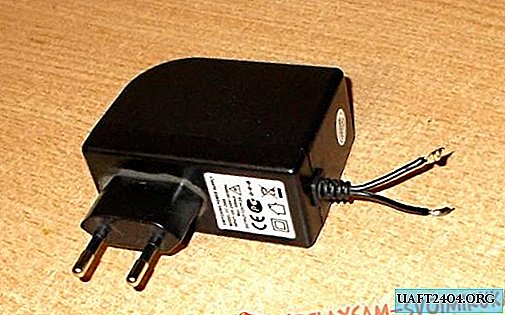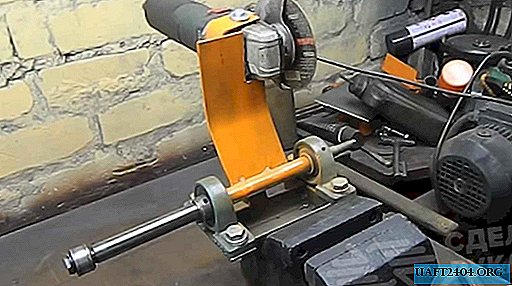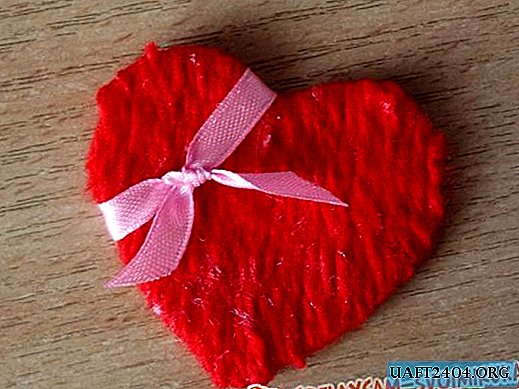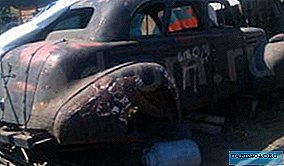Share
Pin
Tweet
Send
Share
Send
For this we need:
- wooden or plastic blank (plywood used in this MK);
- universal acrylic primer, of any company;
- art and work brushes of various types;
- acrylic paints;
- printing a picture on photo paper using an inkjet or laser printer;
- PVA glue;
- stationery tape;
- stationery file;
- water-dispersed acrylic varnish;
- stain;
- decorative elements to choose from;
- fine sandpaper.
In order to start working with the workpiece, it is necessary to free the workspace from all that is superfluous. Then it is necessary to process the workpiece - sand all burrs and irregularities from it. Ideally, there may be very few. Further, it is necessary to alternately apply the soil to the panel sandwiched on both sides.
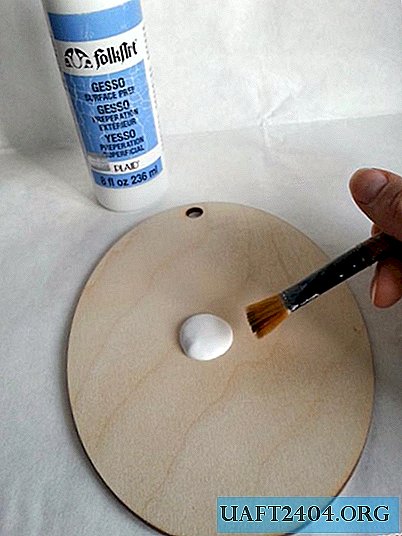
The soil layer should completely cover the workpiece without gaps, otherwise, sections of bare wood will be visible through the printout. Now you can leave it to dry and, if desired, accelerate this process by using a hairdryer.

In order not to lose time while the soil dries, it is worth doing printing. It must be carefully applied to the workpiece in order to determine its correct location.


After that, you need to thin the printout in any convenient way. The simplest of them is the use of adhesive tape. It is glued to the clean side of the sheet and the extra layers are carefully removed, making the printout as thin as possible. By the next step, the prepared drawing is placed face-down on the stationery file and carefully coated with PVA glue. It must also be applied to the selected side of the workpiece. Now you need to connect the glued areas on the printout and plywood, without removing the clerical file.

After a successful docking, all air bubbles must be expelled. Therefore, at first the printout is smoothed by hands through a file, and then a rubber roller or ruler is used for this purpose. Only after that, you can remove the file, holding the picture so as not to shift it. The edges of the workpiece should be processed from excess paper, walking along them with sandpaper.

Then leave the future panel alone, until the glue hardens. Next is the thinnest and most creative stage of the entire MK - painting the printout. Brushes, paints and imagination are useful here.

It is always necessary to start from below. First, this part of the panel is painted over with the natural color of the umber.

Then you need to pick up paints as close as possible to the original and apply small waves in a chaotic manner. You can go to the printout, which reduces the differences in decoration.


The free space on the left should be painted over in green and try to imitate the trees.

Above you need to draw a blue sky and clouds.


In the end, it remains to evaluate the general view of the panel and work through all the remaining details. Then cover it with varnish on several layers, completely drying each previous one.

The reverse side must also be ennobled. For example, cover with a stain of a suitable shade.

Then repeat the operation with the varnish. And after it has completely dried, supplement the panel with any decorative elements.

Share
Pin
Tweet
Send
Share
Send

